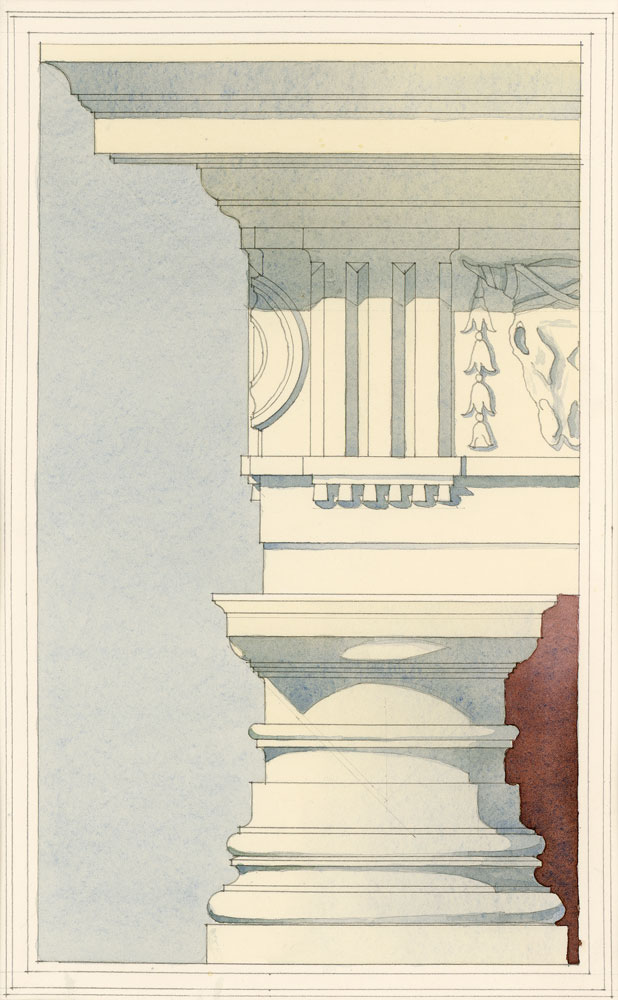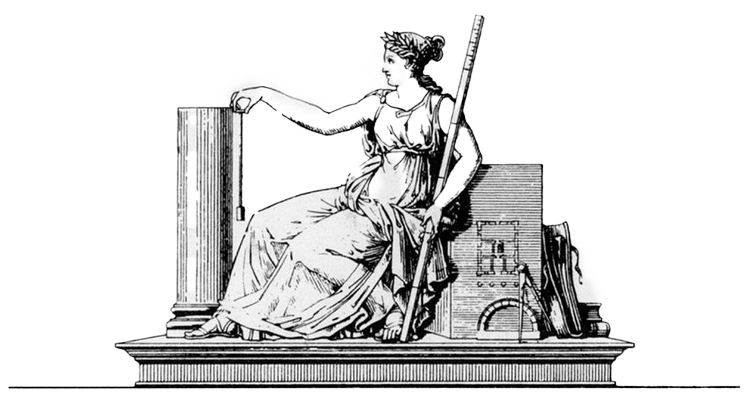
THE OFFICE
The vision that underpins the founding of John Blatteau Associates is inspired by the architectural ideals that created the American Renaissance, particularly the White City of the Chicago World’s Fair. This monumental event, for the first time, revealed to America the possibility of a beautiful Classical City.
These same beliefs carried into the residential work of that era. The Frick House, designed by Carrere and Hasting as a residence, became the Frick Museum. The James Duke House designed by Horace Trumbauer as a residence is now NYU’s Institute of Fine Arts. Houses in the past have been transformed into great museums or educational institutions. Today, for many reasons, fewer new residential buildings are being built in our cities. Instead, our mansions are built in the sky, in high rise buildings, apart from the public life of the city. For this reason, we have chosen not to seek out residential work but rather to devote our efforts to work in the civic arena, with buildings that add to the grace and elegance of the City.
Our firm has been fortunate to work with many important institutional clients who shared our belief in the need for a return to, as HenryHope Reed phrased it, the ‘Golden City’. A richly ornamented bank, a grand dining room, a well proportioned gallery space, or an inspiring church can enrich the lives of those many people who use these places, if only for the briefest moments. Our goal has always been to provide for a civic necessity, while adding beauty to the activities of everyday life. Our work has proven that these goals are again attainable with vision and determination.
The Architectural designs of the firm of John Blatteau Associates are really the product of the work of four people: John Blatteau, my associates, Stephen Bonitatibus, Arthur Miller and Diane Meleski, president of JBA Interiors. In addition to these four individuals, the Office was very fortunate to attract amazingly talented students and architects who contributed greatly to the design success of the work of the office. Many of these former employees have since gone on to found their own firms both in the US and abroad. Each of us brings his or her own visual sensibility to the projects of the office. However, the belief that each work of architecture must be beautiful unites us. We share the same taste, and in so doing, are able to choose our own parentage. We share preferences for certain forms and through these preferences we create our environment. We share a visual theory of aesthetics based not on a Literary or Romantic Ideal (although we are true Romantics) but rather on the pleasure we find in well composed buildings. We see and draw our “Theory”, directed by our taste, dominated by our pleasure in physical form and realized in our work.
